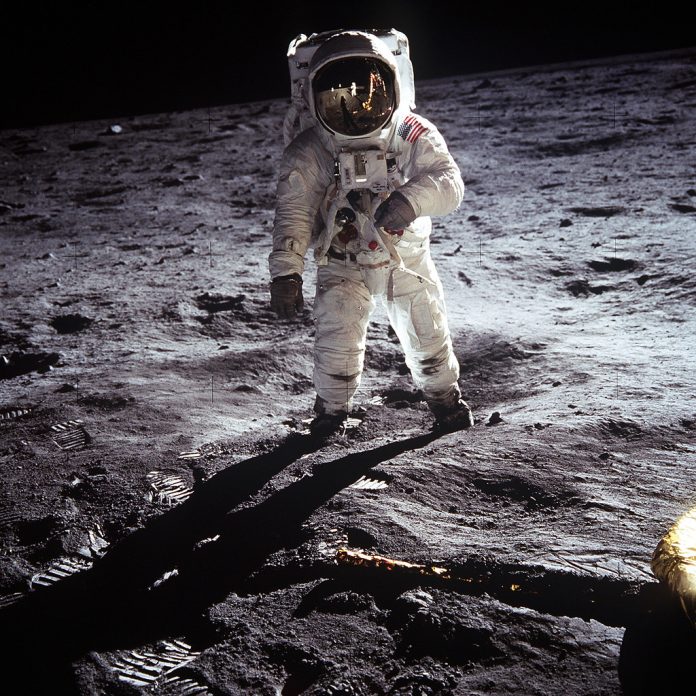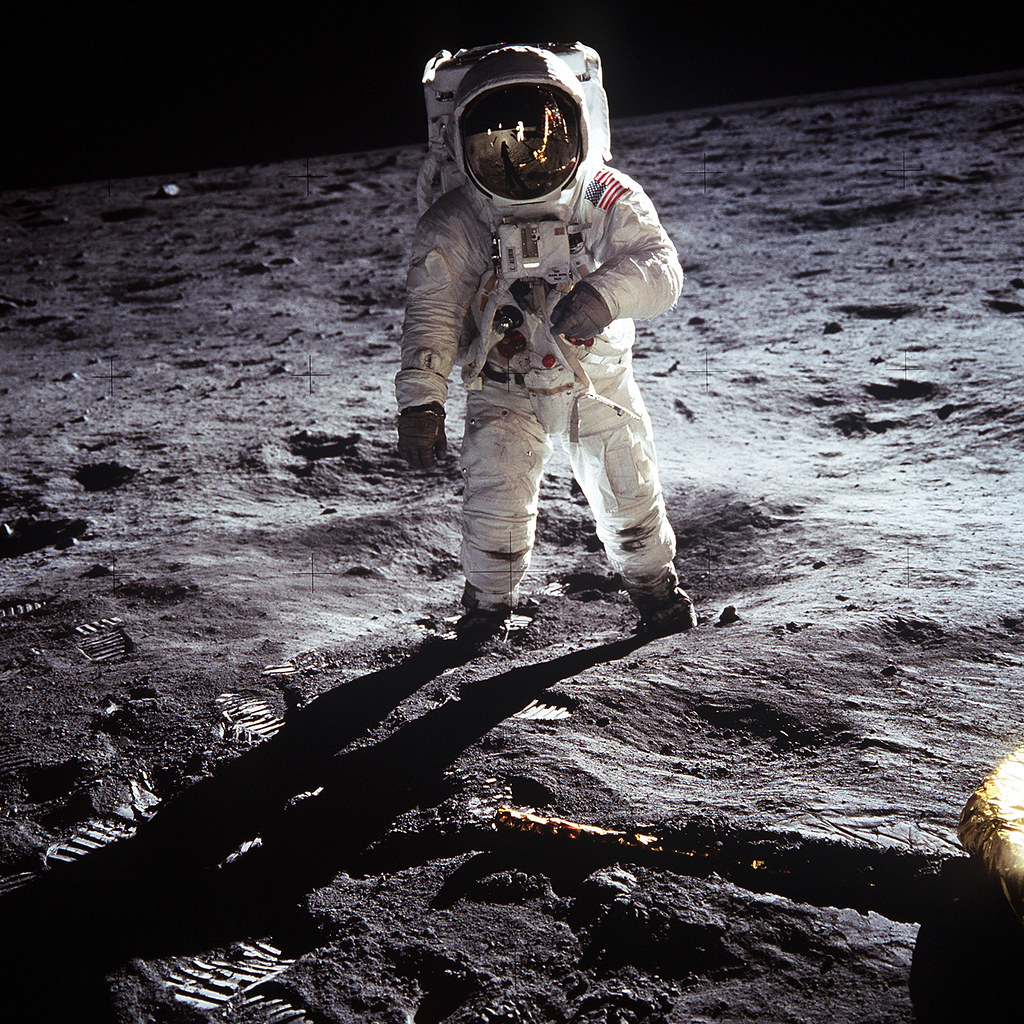
When astronauts Neil Armstrong and Buzz Aldrin made their historic moonwalk in 1969 during Apollo 11, the harsh environmental conditions on the lunar surface heavily influenced the duration and scope of their extravehicular activities.
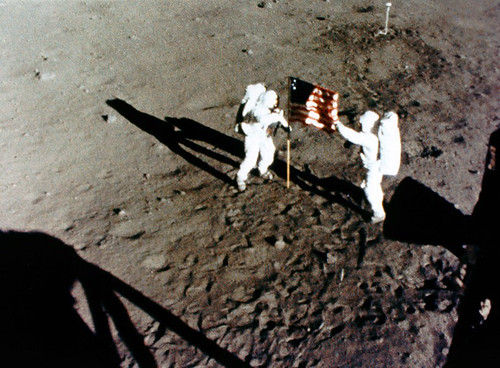
The landing site’s temperature was a scorching 200 degrees Fahrenheit, one of the many concerns that defined their brief exploration.
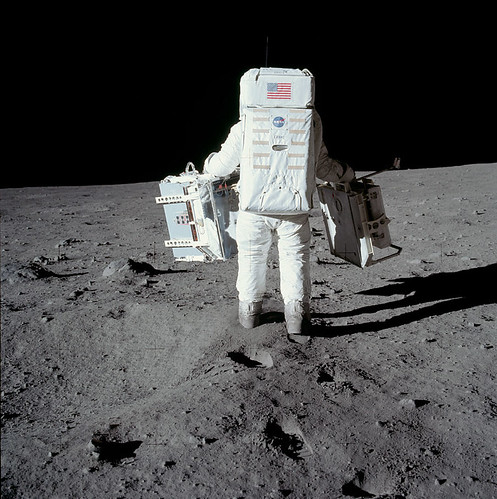
Despite conspiracy theories that have questioned the authenticity of the moon landing, the astronauts’ experiences and the scientific data tell a compelling story of human resilience and ingenuity in the face of extreme adversity. Armstrong himself provided clear insight into the challenges he and Aldrin faced.
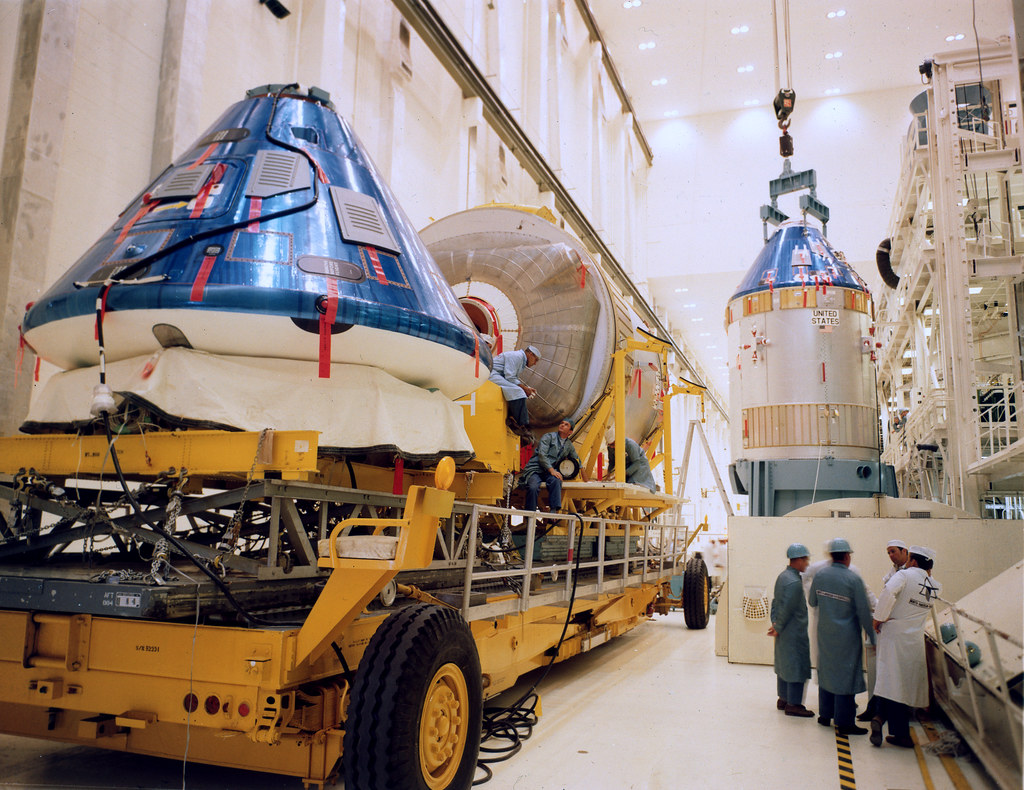
One of the primary concerns for the Apollo 11 mission planners was the unknown efficiency of the astronauts’ new-fangled, water-cooled uniforms.
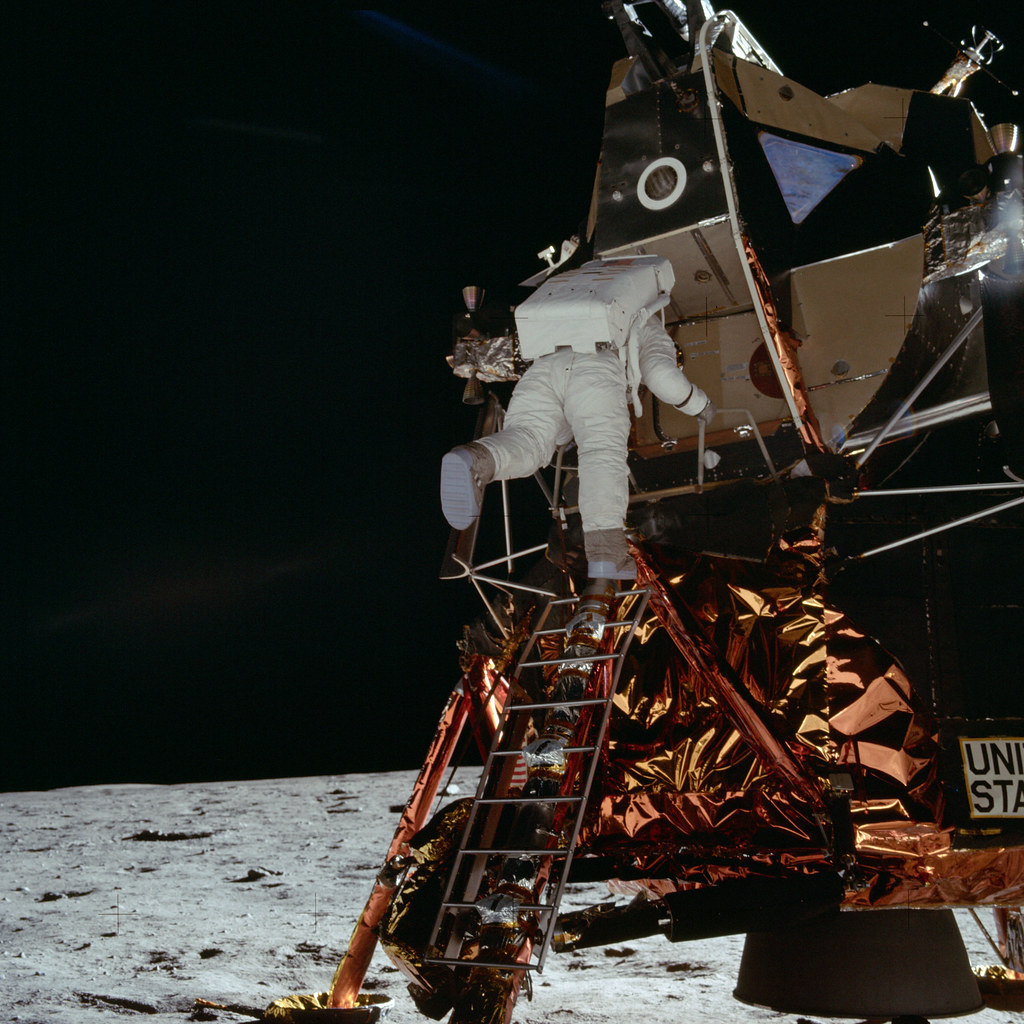
The technology was unproven in the unique conditions of the moon, where normal air conditioning would be inadequate. They had no data to determine how long the small water tank in their backpacks would last, and NASA officials limited their surface working time to 2 and 3/4 hours to prevent the risk of hyperthermia.
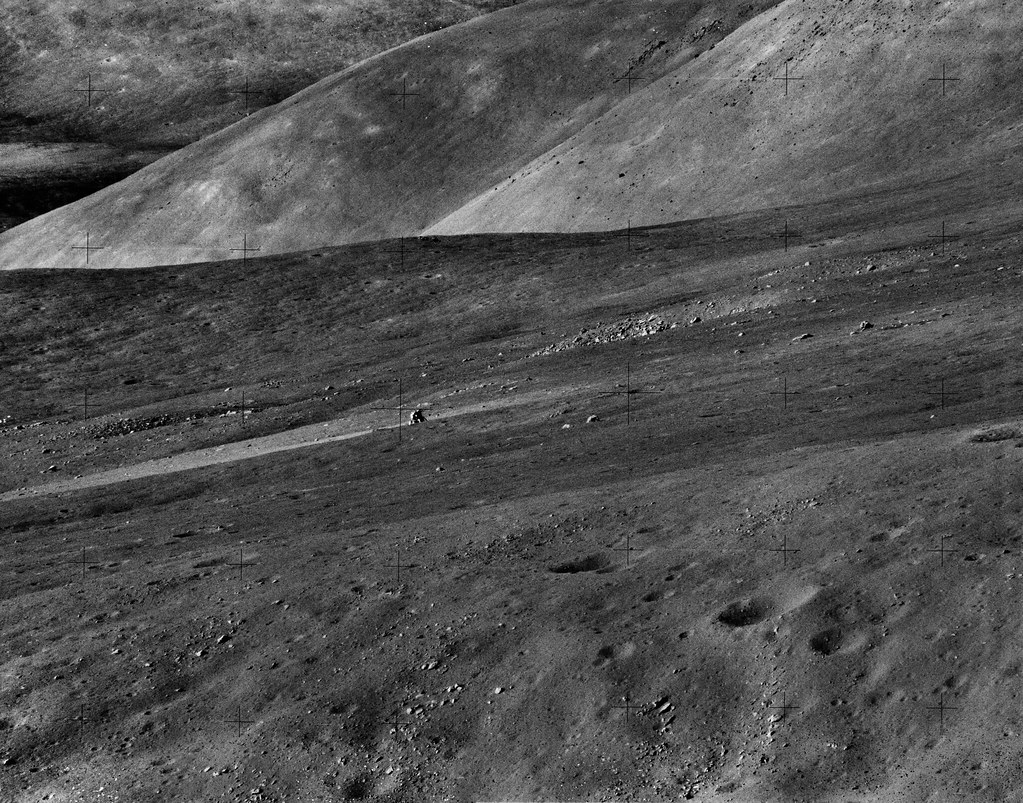
Moreover, the lunar surface conditions were a significant unknown. The moon’s weak gravity, which is only one-sixth that of Earth, combined with the vacuum of space and extreme temperatures, presented an environment that could not be exactly replicated on Earth.
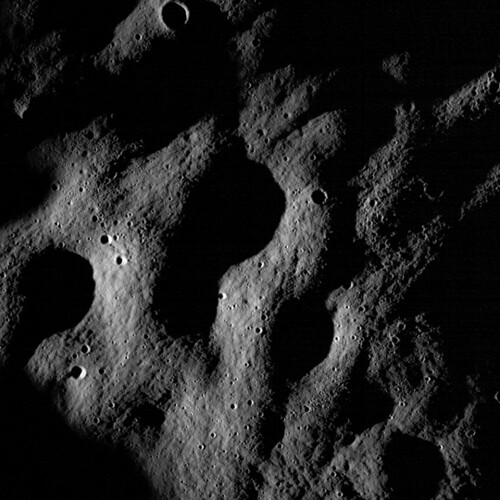
Armstrong highlighted, “We were operating in a near perfect vacuum with the temperature well above 200 degrees Fahrenheit.”

Despite the intense heat and lack of atmosphere, the astronauts were tasked with installing experiments, collecting samples, and taking photographs. Armstrong and Aldrin worked diligently to complete these tasks.

However, the team had to balance their scientific curiosity with the imperative to stay within the TV camera’s range. Mission planners wanted to observe their movements to glean insights for future missions.

Armstrong admitted to briefly straying from the camera’s view to photograph potentially significant bedrock features, revealing the astronauts’ desire to explore as much as their constraints would allow.
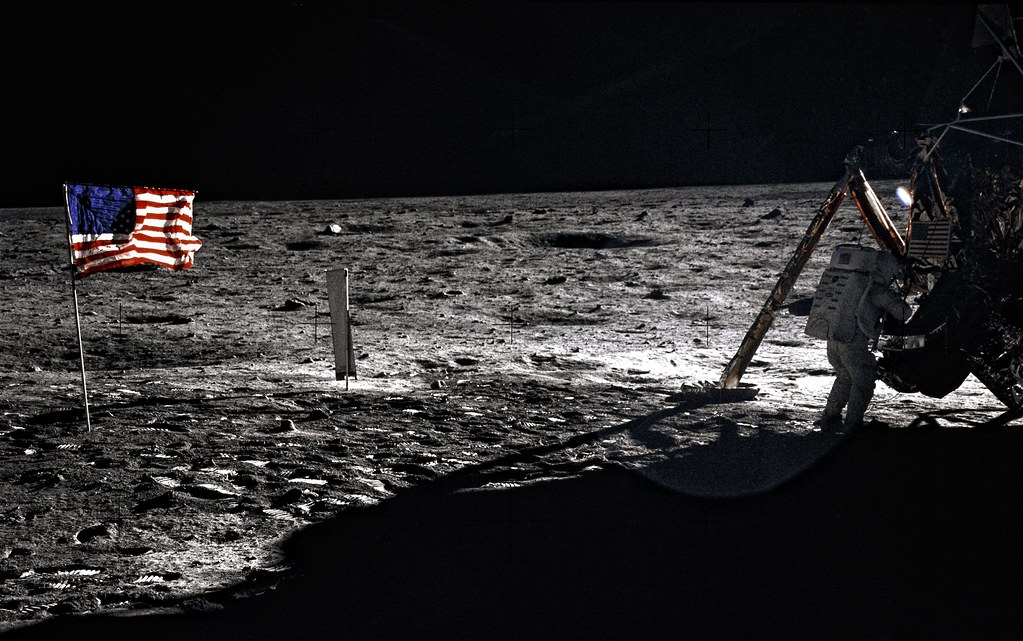
The urgency of their tasks was such that, after the first moonwalk was completed, the remaining water in the astronauts’ backpacks was measured to confirm predictions, providing valuable data for subsequent missions.

Armstrong likened the limited exploration of the lunar surface to the early expeditions of Earth’s past, stating, “Americans have visited and examined 6 locations on Luna, varying in size from a suburban lot to a small township.
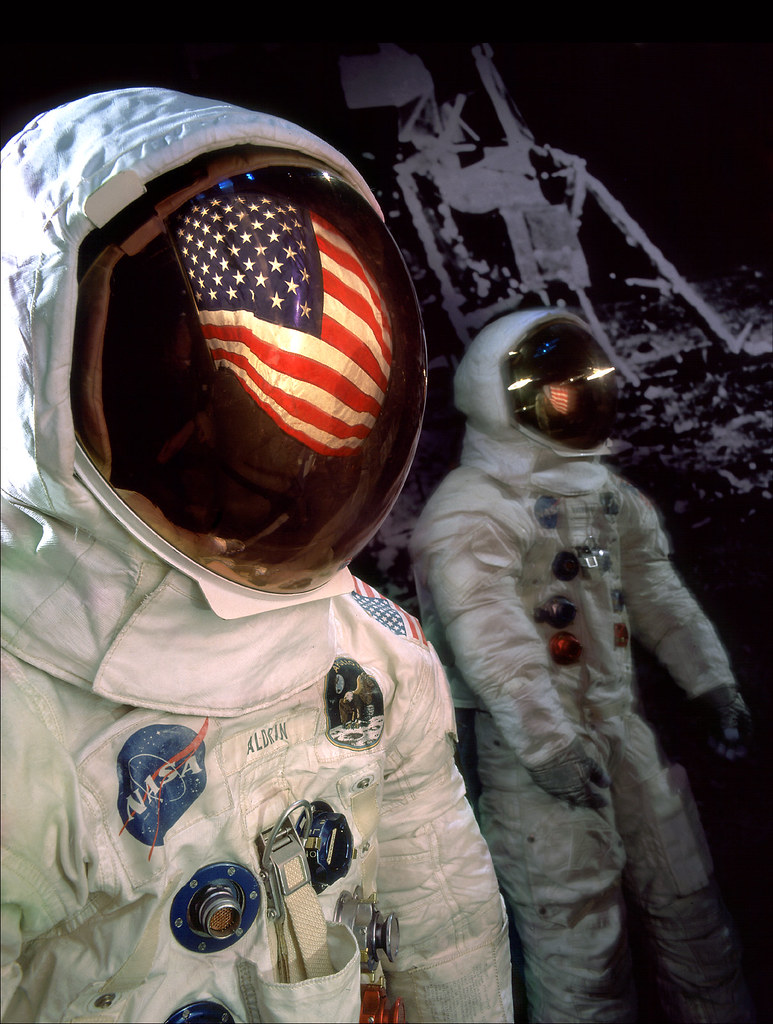
That leaves more than 14 million square miles yet to explore.” He used this comparison to advocate for continued lunar exploration, emphasizing the vast areas of the moon that remain uncharted.
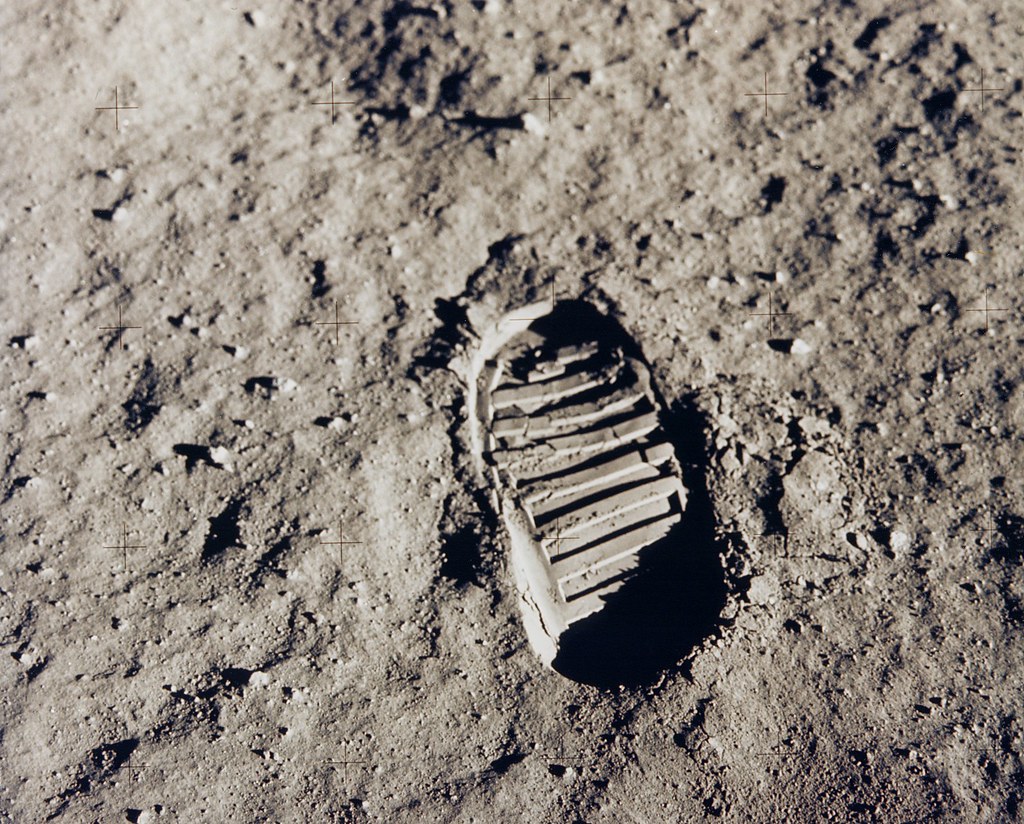
Despite the brevity of their walk, the astronauts’ accomplishments were monumental. The Lunar Laser Ranging Retroreflector, installed by Armstrong and Aldrin, continues to contribute to scientific experiments to this day.
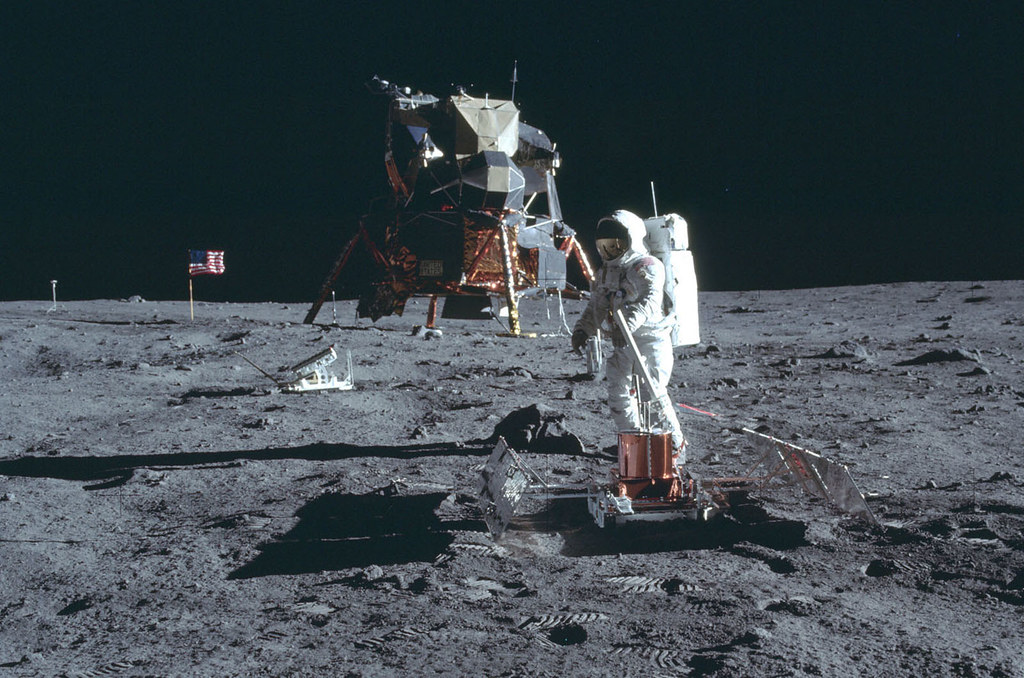
Later Apollo missions would capitalize on the groundwork laid by Apollo 11, exploring farther with the aid of the Lunar Rover.
Relevant articles:
– Neil Armstrong Talks About The First Moon Walk
